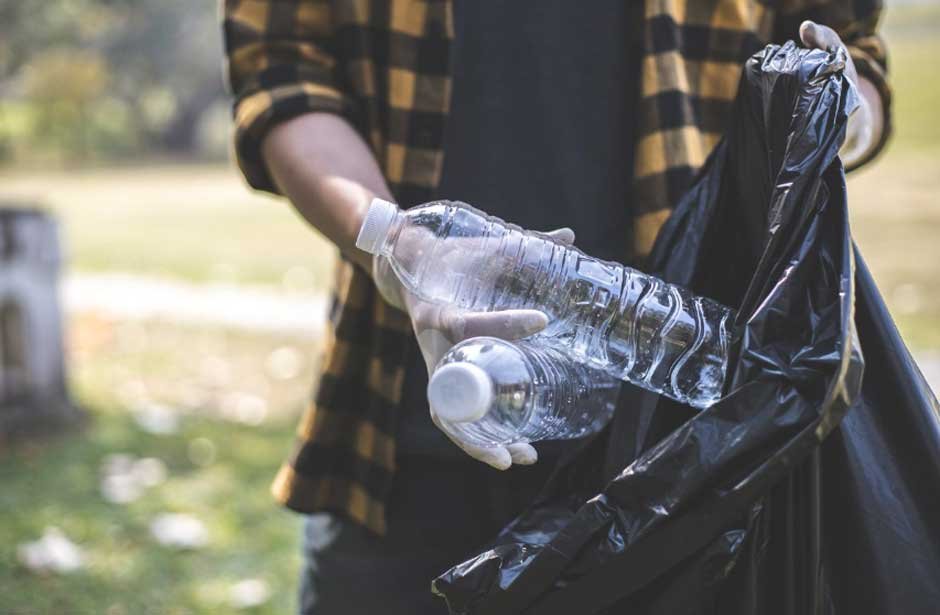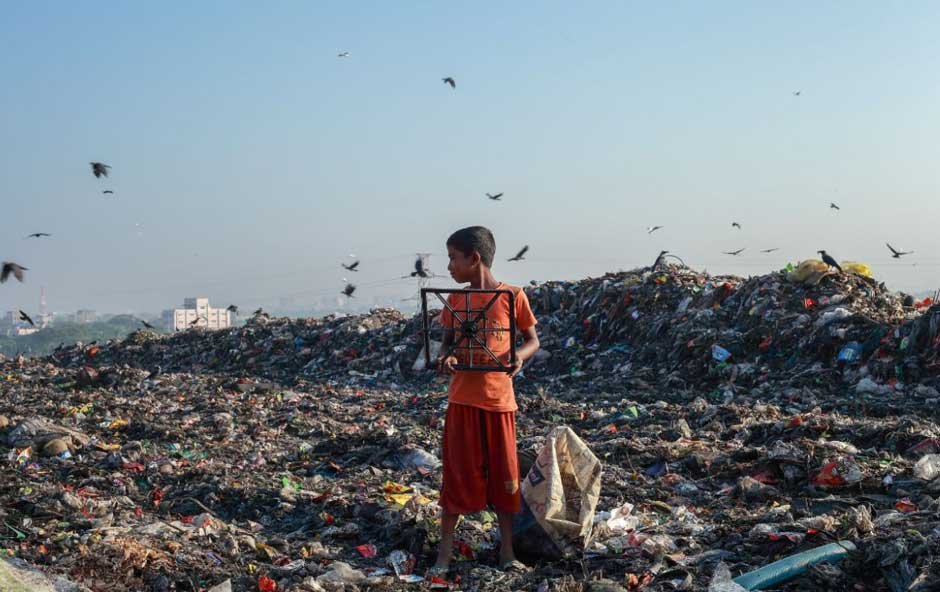Proper waste treatment practices are essential to maintain a cleaner environment. Waste treatment helps to manage waste disposal in such a manner that it reduces the environmental impact of general waste, hazardous waste, and organic waste.
Implementing proper waste management procedures helps to maintain a healthy ecosystem and reduces the burden waste places on landfill sites.
Therefore, as a business or industry, it is critical to follow a guide to waste treatment for a cleaner environment and to meet regulatory standards for waste treatment.
What is Waste Treatment and Why is it Essential for a Cleaner Environment?
Waste treatment mainly refers to various types of processes whereby a company treats waste to reduce the volume of waste generated and minimise its environmental impact before the waste reaches landfills.
Thus, efficiently managing waste and treating it will reduce landfill waste and the environmental impact of daily activities.
5 Waste Treatment Methods for a Cleaner Environment

The following are guidelines to ensure efficient waste treatment of your waste before disposal.
1. Waste Disposal: Managing Waste Effectively
Businesses and households produce a variety of waste, such as general waste, hazardous waste, food scraps and recyclable materials. To manage these types of waste, proper sorting of waste types into recyclable materials and non-recyclable materials is essential to promote proper treatment methods.
Organic Waste: Composting for Sustainable Disposal
You can use organic waste such as food scraps, grass clippings and yard waste as compost to create nutrient rich soil for gardening.
Composting is an effective waste treatment method that reduces the amount of waste ending up in landfills, contributing to resource recovery and minimising the environmental impact.
Recycling Household and Office Items: Maximising Resource Recovery
Recyclable materials such as glass, paper, cardboard and metals are items found in homes and offices. Properly sorting these items and placing each in its categorised containers is another step in waste treatment.
Recyclable items are collected or taken to recycling facilities who recover resources commonly required from virgin materials, thus reducing the need for such resources and minimising waste disposal costs.
2. Hazardous Waste: Safe Disposal of Toxic Materials
Most industrial companies, and even common businesses and households, generate certain amounts of hazardous waste that is toxic to humans and the environment. Hazardous waste mostly consists of chemicals and sharp or dangerous objects that could pose a risk to humans or the environment.
A few examples include batteries, toxic chemicals, oils, solvents, paint, sharp objects and metals, and cleaning agents. Proper handling and treatment of hazardous waste is essential, especially for a chemical that could leak into soil or water bodies.
Proper Handling and Disposal of Hazardous Waste
When dealing with hazardous waste, it is essential to follow instructed disposal methods and to use designated disposal points or waste disposal companies that deal with hazardous waste. This ensures handling safety and prevents contamination that could affect the surrounding environment.
3. Waste Management: A Comprehensive Approach to Sustainability
Waste management encompasses all the activities from waste separation, waste treatment up to waste disposal. It involves the transport of waste and the collection of waste, which highlights the importance of having a waste management system in place.
The ongoing waste management effort helps to prevent overloading landfills and reduce adverse environmental impacts caused by improper disposal and waste treatment.
Effective Waste Sorting and Collection
Sorting waste into categories such as hazardous waste, recyclable and organic waste is one of the first steps in waste management. Proper treatment of hazardous waste is essential before collection and disposal.
Furthermore, by following local guidelines and regulations, each type of waste is managed and disposed of properly, which lessens its environmental impact and risks.
4. Recovering Resources: Turning Waste into Valuable Materials
One essential step in waste management as a part of waste treatment is recovering resources. Valuable materials such as metals, plastics and recycled paper recovered and collected reduce waste ending up in landfills, which helps to conserve natural resources.
Recycling and Reusing Materials for Sustainability
Recycling and re-use are methods for recovering resources such as paper, glass and metals to create new products. This minimises waste disposal and reduces the need for virgin materials to make such products.
5. Reducing Waste: Simple Steps for a Cleaner Tomorrow
Similarly, there are methods of reducing waste that diminish the need for disposing of and treating waste. When a household or business makes smarter choices, such as buying products with minimal packaging or using reusable items, it significantly reduces the amount of waste generated.
Practical Tips for Reducing General Waste
Try to opt for products that have minimal packaging, or reusable packaging such as reusable shopping bags. Instead of throwing away items, try to repair or repurpose them. All these small changes make a huge difference in the amount of waste sent to landfills, and save significant costs.
Conclusion: Waste Disposal and Treatment for a Better Future
As you can see, working towards proper waste treatment ensures that businesses and households manage waste generated, which is more sustainable and reduces costs.
Using methods like composting, reuse, recycling, and energy recovery produces less waste that lands up in landfills, causing a negative environmental impact, and reduces waste disposal and collection costs.
Thus, it’s essential to start practising waste management and waste treatment strategies to ensure that your waste disposal methods are safe, clean and green for future generations.










